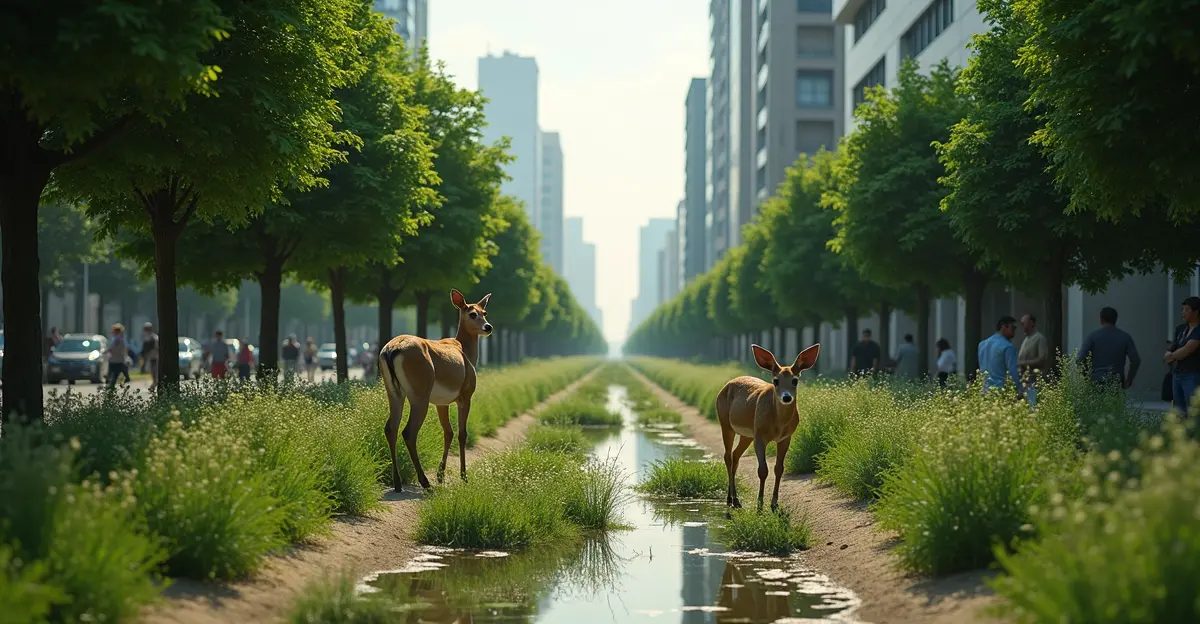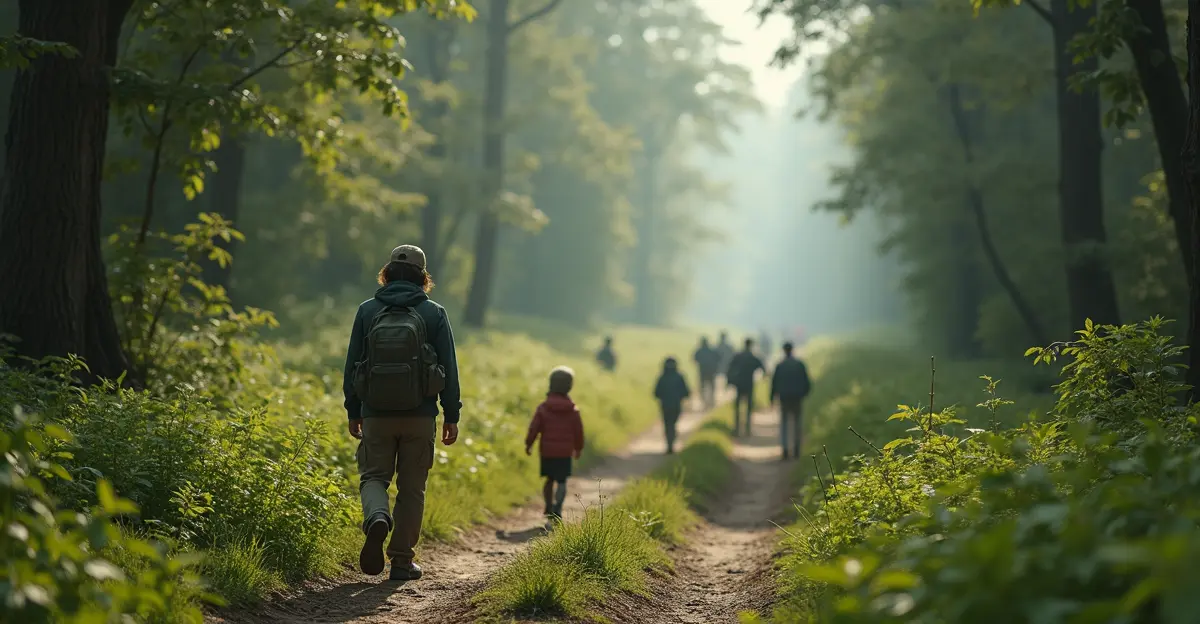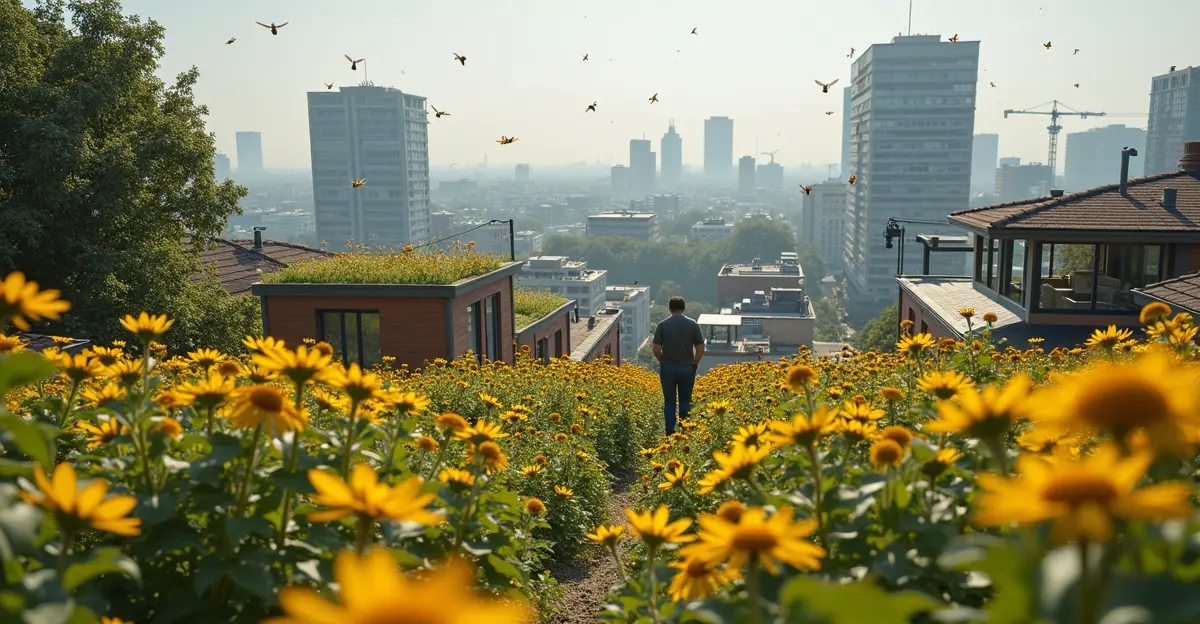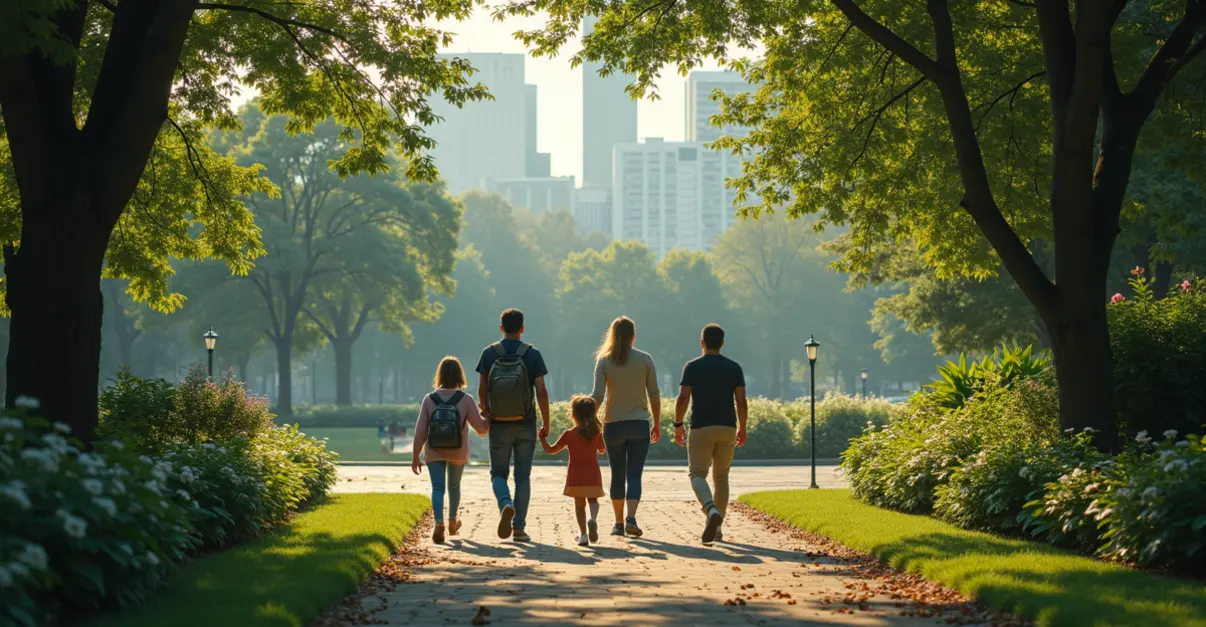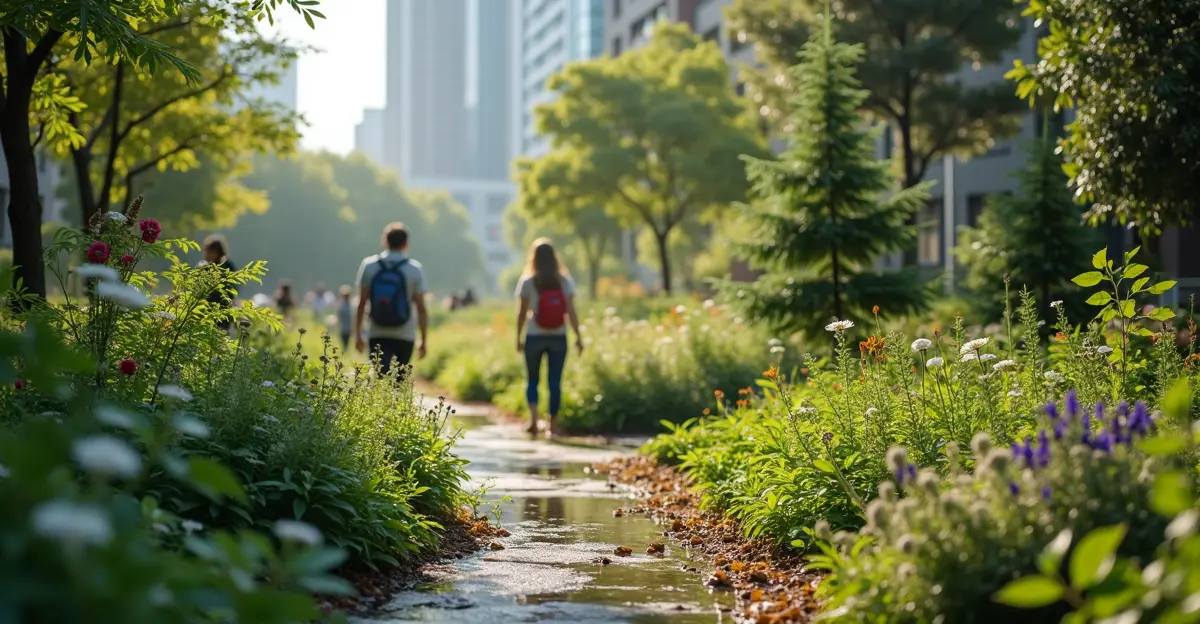Urban bird habitats face crisis with 229 species needing urgent conservation. Cities implement green corridors, bird-safe buildings, and community programs to protect declining populations while generating economic benefits.
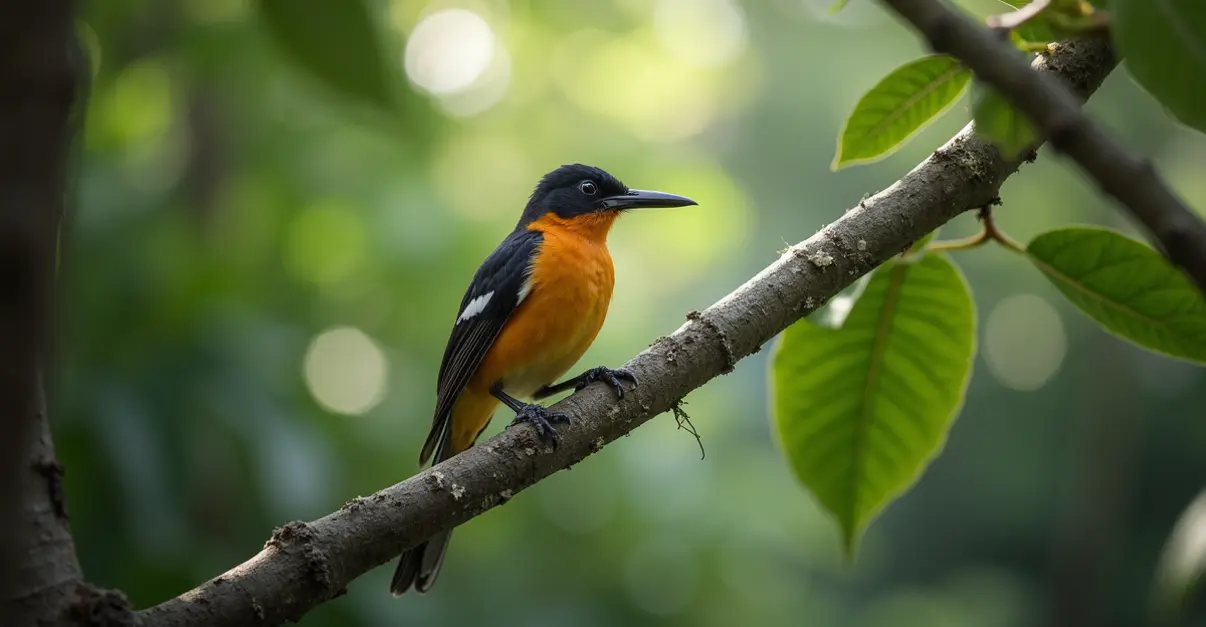
The Crisis in Our Cities
As urban expansion continues at an unprecedented rate, bird populations in city environments face mounting threats. The 2025 U.S. State of the Birds report reveals alarming declines across all mainland and marine habitats, with 229 species requiring urgent conservation action. More than one-third of U.S. bird species are now of high or moderate conservation concern, including 112 'Tipping Point' species that have lost over 50% of their populations in the last 50 years.
Urban Challenges and Solutions
Urban environments present unique challenges for bird conservation. Habitat fragmentation, building collisions, light pollution, and reduced food sources threaten avian populations. However, cities also offer surprising opportunities for conservation. 'We're seeing remarkable success when cities embrace bird-friendly design principles,' says Dr. Sarah Johnson, an urban ecologist with the National Audubon Society. 'From green roofs to native plant corridors, urban areas can become vital refuges for wildlife.'
Proven Conservation Strategies
The Urban Bird Treaty program, a collaborative partnership between the U.S. Fish and Wildlife Service and participating cities, has demonstrated significant success. Currently involving 31 cities from Alaska to Alabama, the program focuses on migratory bird conservation through education, hazard reduction, community science, and habitat improvement strategies.
Green Infrastructure Success
Recent research published in Urban Forestry & Urban Greening shows that residential green spaces can support bird diversity comparable to urban parks of similar size. 'Our findings challenge conventional wisdom about urban wildlife conservation,' notes lead researcher Dr. Michael Chen. 'Residential areas, when properly designed, can provide crucial habitat connectivity and support native bird populations.'
Community Engagement and Economic Benefits
Beyond ecological benefits, urban bird conservation generates significant economic value. Bird watching contributes $279 billion to the U.S. economy and supports 1.4 million jobs. The proposed Local Communities & Bird Habitat Stewardship Act of 2025 aims to strengthen these partnerships between federal agencies, local governments, and community organizations.
Practical Implementation
Successful urban bird conservation involves multiple approaches: planting native vegetation, installing bird-safe building designs, creating green corridors, and reducing light pollution. 'Every balcony, rooftop, and backyard can become part of the solution,' emphasizes conservation biologist Maria Rodriguez. 'Simple changes like using window decals and planting native flowers make a real difference.'
The Path Forward
Despite concerning population trends, conservation experts remain optimistic. 'We have the tools and knowledge to reverse these declines,' states Dr. Johnson. 'What we need now is widespread implementation and community support. Urban bird conservation isn't just about saving species—it's about creating healthier, more sustainable cities for all of us.'

 Nederlands
Nederlands
 English
English
 Deutsch
Deutsch
 Français
Français
 Español
Español
 Português
Português





